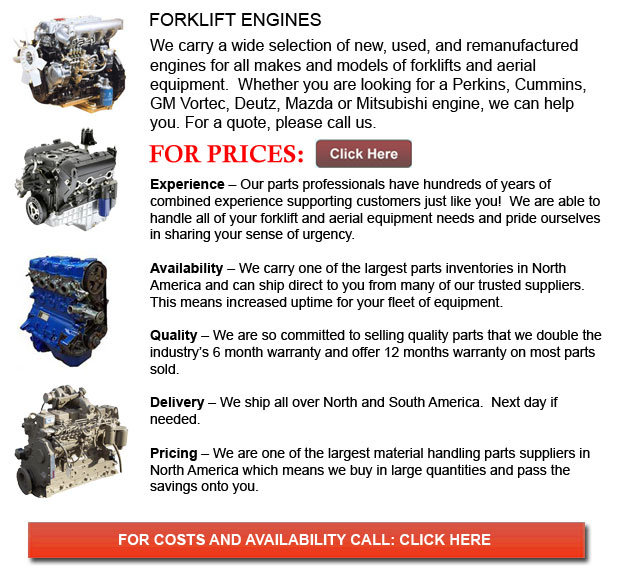
Engines for Forklift - An engine, otherwise called a motor, is a device which transforms energy into useful mechanical motion. Motors that change heat energy into motion are referred to as engines. Engines are available in many types like for example external and internal combustion. An internal combustion engine typically burns a fuel using air and the resulting hot gases are used for creating power. Steam engines are an illustration of external combustion engines. They utilize heat in order to produce motion along with a separate working fluid.
In order to create a mechanical motion via different electromagnetic fields, the electric motor must take and produce electrical energy. This kind of engine is extremely common. Other types of engine can function making use of non-combustive chemical reactions and some would make use of springs and function through elastic energy. Pneumatic motors function through compressed air. There are other styles based upon the application required.
Internal combustion engines or ICEs
Internal combustion happens when the combustion of the fuel combines together with an oxidizer inside the combustion chamber. Inside the IC engine, higher temperatures will result in direct force to certain engine components such as the nozzles, pistons, or turbine blades. This force generates useful mechanical energy by way of moving the part over a distance. Typically, an ICE has intermittent combustion as seen in the popular 2- and 4-stroke piston motors and the Wankel rotating motor. The majority of jet engines, gas turbines and rocket engines fall into a second class of internal combustion motors referred to as continuous combustion, that takes place on the same previous principal described.
External combustion engines like Stirling or steam engines vary greatly from internal combustion engines. External combustion engines, wherein the energy is delivered to a working fluid like for instance liquid sodium, hot water and pressurized water or air that are heated in some kind of boiler. The working fluid is not mixed with, comprising or contaminated by combustion products.
Different designs of ICEs have been created and placed on the market along with various strengths and weaknesses. If powered by an energy dense gas, the internal combustion engine provides an efficient power-to-weight ratio. Though ICEs have been successful in several stationary applications, their real strength lies in mobile applications. Internal combustion engines dominate the power supply used for vehicles like for instance aircraft, cars, and boats. A few hand-held power tools make use of either battery power or ICE equipments.
External combustion engines
An external combustion engine uses a heat engine wherein a working fluid, such as steam in steam engine or gas in a Stirling engine, is heated by combustion of an external source. This particular combustion happens via a heat exchanger or via the engine wall. The fluid expands and acts upon the engine mechanism that produces motion. Next, the fluid is cooled, and either compressed and used again or discarded, and cool fluid is pulled in.
The act of burning fuel along with an oxidizer so as to supply heat is called "combustion." External thermal engines may be of similar application and configuration but make use of a heat supply from sources like for instance exothermic, geothermal, solar or nuclear reactions not involving combustion.
The working fluid can be of whichever composition. Gas is the most common type of working fluid, yet single-phase liquid is occasionally used. In Organic Rankine Cycle or in the case of the steam engine, the working fluid changes phases between gas and liquid.
![]() Click to Download the pdf
Click to Download the pdf
Forklift Parts
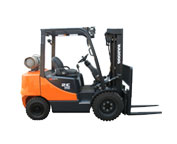
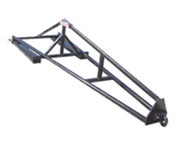
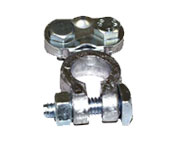
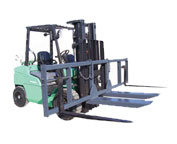
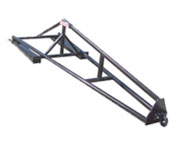
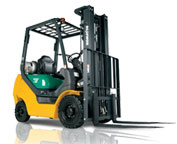
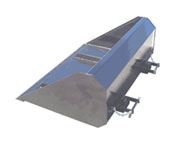
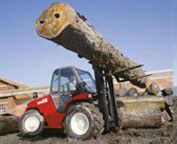
Lift Parts Express
TOLL FREE: 1-888-695-7994
LOCAL: (623) 900-4308
1753 E Broadway 101-496
Tempe, Arizona
forkliftpartstempe.com
Email Us
About Us


